Optimal Timing for Brick Staining
Brick stainings enhance the appearance and durability of brick surfaces by adding color and protection. Proper timing ensures optimal adhesion and longevity of the stain, making it essential to choose the right season for application.
Brick stainings are best applied when temperatures are moderate, typically between 50°F and 85°F, with low humidity to prevent issues like peeling or uneven color.
Applying stain during extreme cold or heat can compromise adhesion. Cold weather can cause freezing, while high temperatures may lead to rapid drying and cracking.
Spring and fall are ideal seasons due to mild temperatures and lower humidity, providing optimal conditions for staining projects.
It is important to avoid staining before heavy rain or in high moisture conditions, as excess water can interfere with stain absorption and curing.
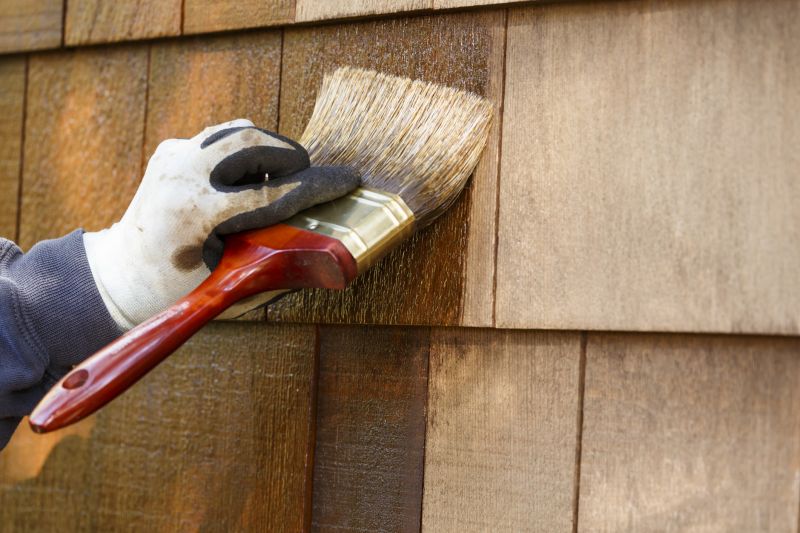
A professional applying brick stain during optimal weather conditions.

Brick staining performed in mild spring weather with low humidity.

Brick staining during fall with ideal temperatures and dry conditions.

Ways to make Brick Stainings work in tight or awkward layouts.
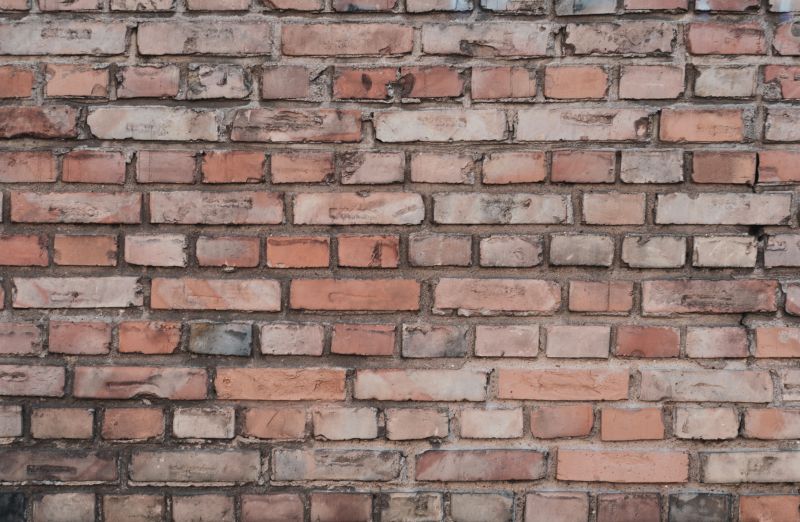
Popular materials for Brick Stainings and why they hold up over time.

Simple add-ons that improve Brick Stainings without blowing the budget.
| Season | Recommended Conditions |
|---|---|
| Spring | Mild temperatures, low humidity, dry weather |
| Summer | Moderate temperatures, avoid peak heat hours |
| Fall | Cooler temperatures, dry conditions |
| Winter | Not recommended due to cold and moisture risks |
Brick stainings are a popular choice for enhancing brick surfaces, adding color and protection. The process involves applying a stain that penetrates the brick, highlighting its natural texture while providing a layer of protection against weathering. Proper timing ensures the stain adheres well and maintains its appearance over time. Factors such as temperature, humidity, and moisture levels significantly influence the quality and durability of the stain. Typically, spring and fall offer the most favorable conditions, with moderate temperatures and lower humidity levels. Applying stain during these seasons can extend the lifespan of the finish and reduce the need for frequent touch-ups.
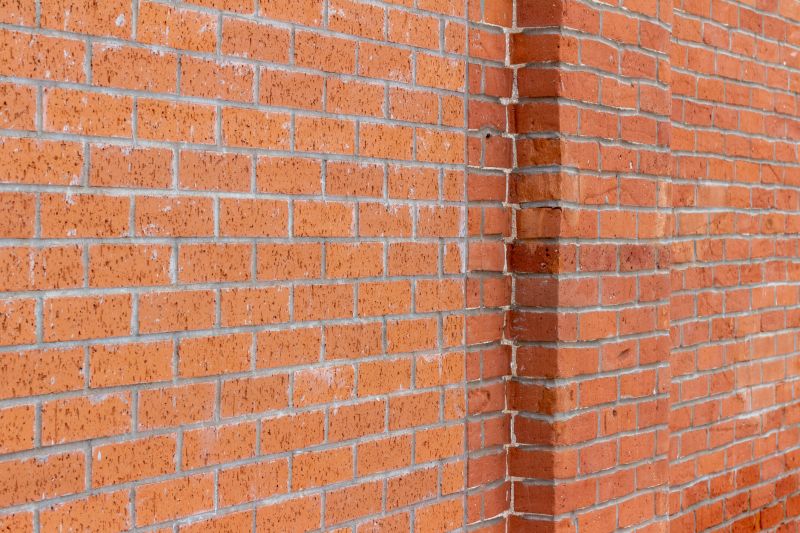
Detailed view of stained brick surface showing color enhancement.
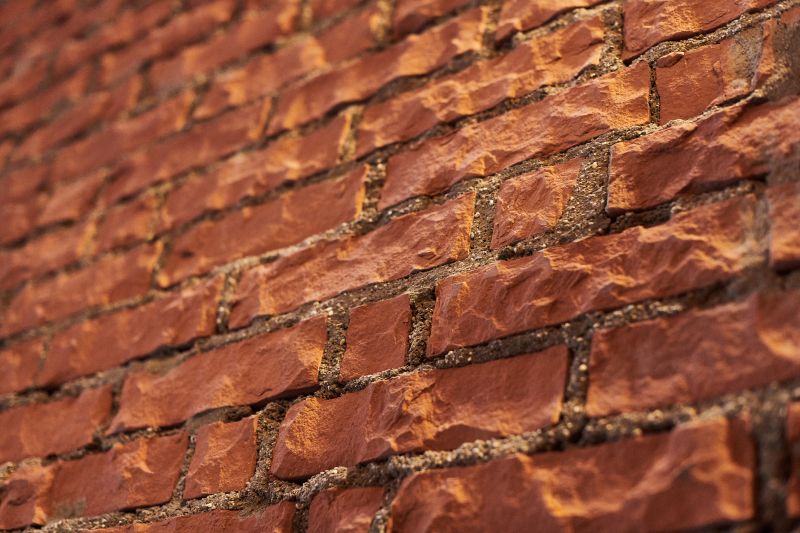
A finished brick wall with uniform stain application.

Cleaning and preparing brick surface before staining.

Tools used for applying brick stain efficiently.

High-end options that actually feel worth it for Brick Stainings.
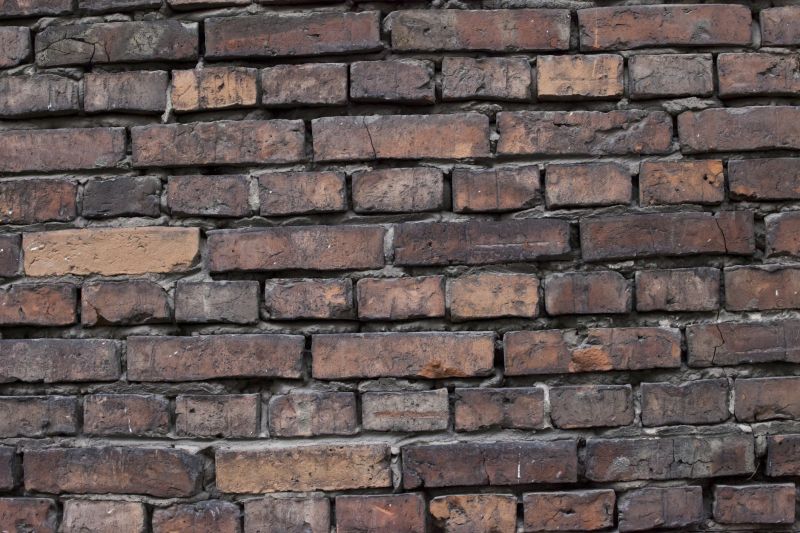
Finishes and colors that play nicely with Brick Stainings.

Little measurements that prevent headaches on Brick Stainings day.

A 60-second routine that keeps Brick Stainings looking new.
Interested in enhancing the appearance of brick surfaces with stain? Contact for more information or to schedule a consultation. Proper timing and application techniques can significantly impact the durability and aesthetic appeal of brick stainings, making professional guidance valuable for best results.
